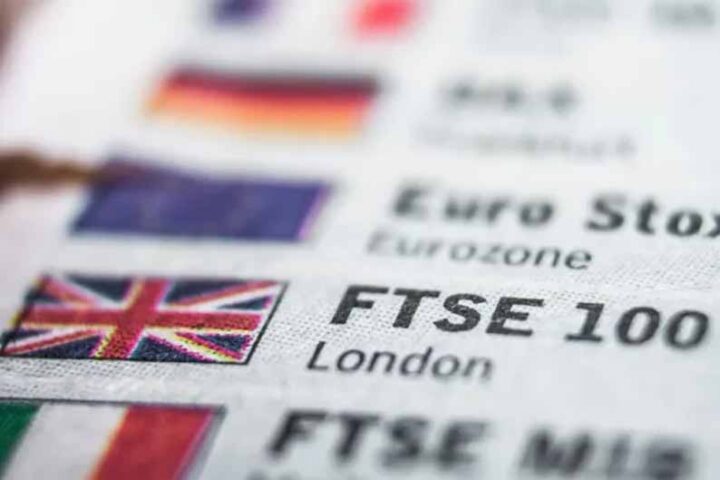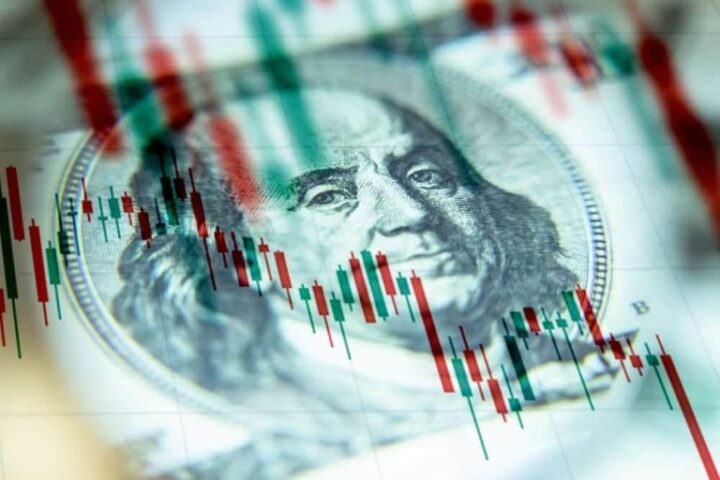By Hussein Sayed, Chief Market Strategist at FXTM
Forecasting the direction of a currency exchange rate is never an easy job.
Most investment banks had a solid conviction that the dollar would resume its downtrend in 2021. Trillions of dollars in stimulus packages, the Federal Reserve holding interest rates near zero, unlimited purchases of US Treasuries, rising US debt and deficit levels, improvement in pandemic management, and money continuing to flow to risk assets were all thought to be reasons for the dollar to weaken further this year.
Three months into the new year, the dollar has gained 1% against the Australian dollar, 3% against the euro, more than 5% to the yen and swiss franc, and the pound has given back almost all its gains for the year.
With the dollar now sitting at a four-month high against a basket of its peers, the popular view of a weaker US currency is now being put to a big test.
The dollar index has breached its 200-day moving average for the first time since May 2020. If it manages to hold above this long-term moving average for a couple of days, it will provide more signals to continue its advance.
While higher debt levels should be considered a negative factor for a currency, investors are instead focusing on growth expectations. US economic growth is now expected to outpace its developed peers for several quarters and such an outcome is attracting inflows rather than outflows into the economy.
Interest rate differentials between the US and German 10-year bonds are continuing to widen and have climbed back to pre-pandemic levels of 2%. This is becoming more attractive to carry trades which borrow in euros and invest in US dollars. The further the spread widens, the more it should lead to money flowing out of the Euro area into the US.
Covid battle strengthens dollar
The most obvious fundamental reason for the stronger dollar against the euro is the battle against the coronavirus. The US has vaccinated 39% of its population according to the New York Times Vaccination Tracker, compared to a range of 13-14% in Europe’s four largest economies of Germany, France, Italy, and Spain.
The slower COVID-19 vaccination rate in Europe is leading to a renewed surge in Covid infections and this is expected to translate into the delayed reopening of economic activity. This narrative will only change if the EU manages to sort out its vaccination programme, but so far it to be well behind the US and hence the market expects the dollar to continue to march higher.
One of the key positive sides of a stronger dollar is more imports will flow to the US from the rest of the world. This should help boost exports from the Eurozone and emerging markets.
On the contrary, a stronger dollar will dampen demand for emerging markets (EM) commodities and make their dollar-denominated debt challenging to service, especially with rising longer-term interest rates.
So far, this risk seems insignificant but another sharp spike in yields and the dollar will increase the probability of a sovereign debt crisis in the EM world.
For information, disclaimer and risk warning note visit: FXTM
FXTM Brand: ForexTime Limited is regulated by CySEC and licensed by the SA FSCA. Forextime UK Limited is authorised and regulated by the FCA and Exinity Limited is regulated by the Financial Services Commission of Mauritius










